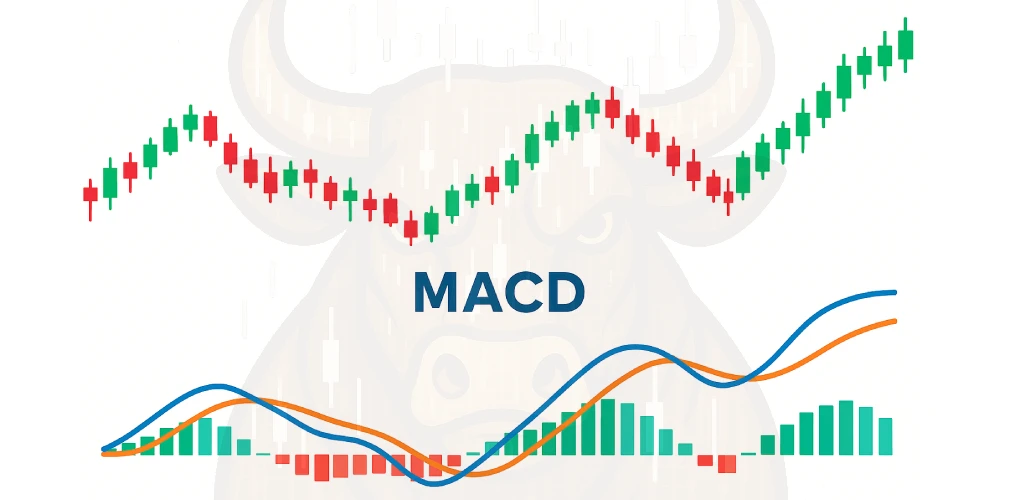📈 How to Trade Market Gaps: Strategies, Types, and Common Mistakes
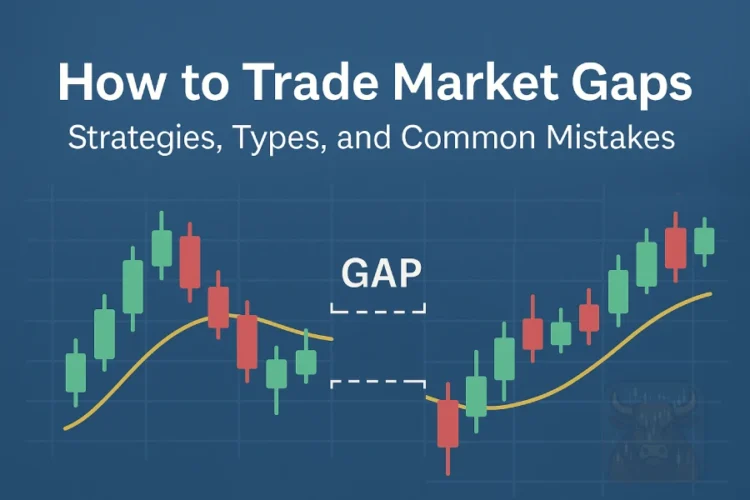
Did you know that the famous “Black Monday” crash of 1987 began with a 10% overnight gap that trapped thousands of traders? I remember my first encounter with a gap – I woke up to find my stop loss hadn’t protected me at all. The market had simply leaped over it like a hurdler, teaching me a brutal lesson about gap trading the hard way.
In this eye-opening guide, you’ll discover:
✅ The 4 types of market gaps every trader must know
✅ How to tell dangerous gaps from profitable opportunities
✅ Why most retail traders get gaps completely wrong
✅ How to use gaps to spot institutional activity
💡 What is a Market Gap?
A market gap occurs when an asset’s price opens significantly higher or lower than its previous close, creating a “gap” on the price chart. These typically happen when:
- Major news breaks after hours
- Earnings reports surprise investors
- Economic data shocks the market
- Overnight sentiment shifts dramatically
📌 Key Characteristics:
- Shows as a blank space on candlestick/bar charts
- Represents instant repricing by the market
- Occurs across all markets (stocks, forex, crypto)
Why Gaps Matter:
✔ Reveal powerful shifts in supply/demand
✔ Create risk/reward opportunities
✔ Show where liquidity is lacking
✔ Often act as future support/resistance
🧩 The 4 Types of Market Gaps (With Examples)
1️⃣ Common Gaps

- Small, frequent gaps in quiet markets
- Usually fill quickly (price returns to pre-gap levels)
- Example: A stock gapping $0.10 on low volume
2️⃣ Breakaway Gaps
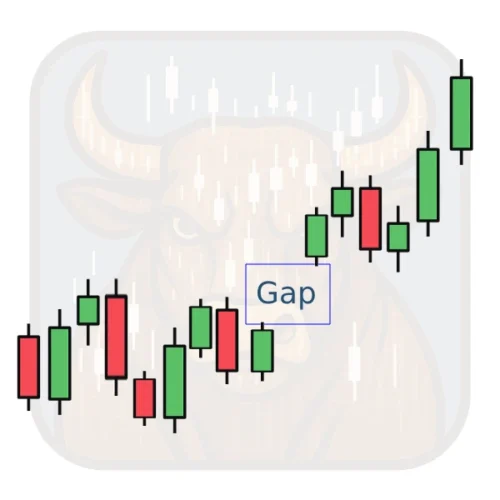
- Signal start of new trends
- Occur after consolidation patterns
- Example: Bitcoin breaking $20,000 in 2020
3️⃣ Runaway (Measuring) Gaps
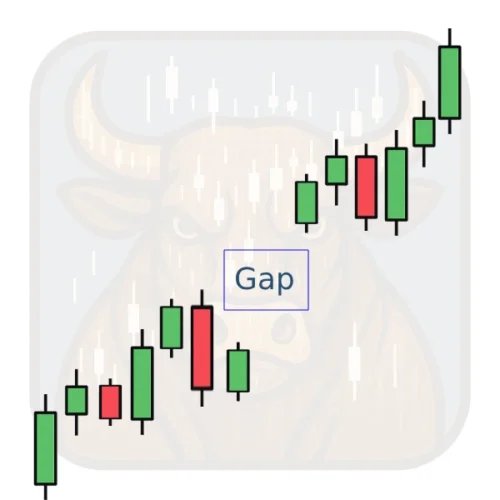
- Mid-trend acceleration
- Indicate strong continuation
- Example: Tesla during 2020 rally
4️⃣ Exhaustion Gaps
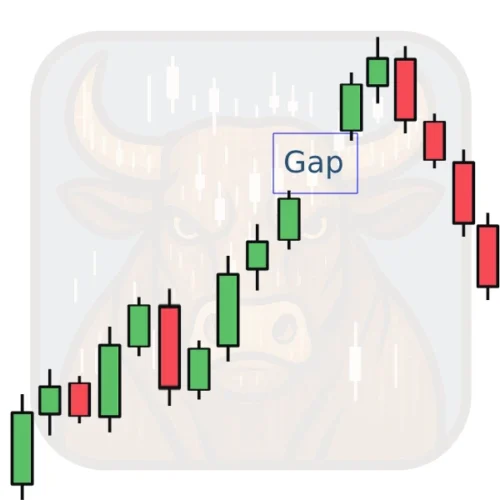
- Final push before reversals
- Often see massive volume
- Example: GameStop January 2021 peak
💡 Pro Tip: I keep a screenshot album of textbook gaps – it’s helped me recognize patterns faster.
📊 How to Identify & Trade Gaps
The Gap Filling Strategy (For Common Gaps)
- Identify a common gap (small, no major news)
- Wait for price to start returning
- Enter in the fill direction
- Target 50-100% of gap fill
Breakaway Gap Strategy
- Confirm high volume + catalyst
- Enter on pullback to gap edge
- Ride the new trend
⚠️ Danger Zone: Never assume all gaps must fill – this myth has wiped out many accounts!
🔍 Reading the Gap Tea Leaves
| Gap Type | Volume | Likelihood to Fill | Trading Approach |
|---|---|---|---|
| Common | Low | High | Fade the gap |
| Breakaway | High | Low | Follow momentum |
| Runaway | Medium | 50/50 | Trend continuation |
| Exhaustion | Very High | High likelihood to fill, but timing can vary | Prepare to reverse |
“My biggest win came from recognizing a breakaway gap in NVIDIA before its AI boom – the gap never filled and became launchpad for 300% gains.”
⚠️ Gap Trading for Beginners: 5 Costly Gap Trading Mistakes
❌ Trading against breakaway gaps (The “it must fill” fallacy)
❌ Ignoring volume clues (Low-volume gaps often fill)
❌ Using tight stops (Gaps create volatility expansions)
❌ Overlooking the context (Gap after earnings ≠ technical gap)
❌ Forgetting about liquidity (Gaps widen during thin markets)
📈 Gap Analysis by Market
Stocks
- Most gaps occur at market open
- Earnings gaps are predictable (use options strategies)
- Dividend gaps are mechanical (price drops by dividend amount)
Forex
- Gaps mainly appear over weekends
- Sunday opens often “fill” by Monday noon
- Major news gaps (ECB, Fed) may never fill
Crypto
- Gaps occur 24/7 but less pronounced
- Exchange-specific gaps happen
- Whale activity creates “fake” gaps
💡 Fun Fact: The S&P 500 has gapped nearly 60% of trading days in 2024 so far!
❓ Gap Trading FAQs
No – breakaway gaps often become permanent new support/resistance.
Daily charts for analysis, 1H/4H for entries.
Use options (for stocks) or avoid holding over high-risk events.
Some (like earnings) are anticipated, but most are surprises.
“Stop-limit” orders prevent worst slippage.
📌 Key Takeaways
✔ Gaps reveal instant repricing by the market
✔ There are 4 distinct gap types requiring different strategies
✔ Volume determines gap significance
✔ Not all gaps must fill (dangerous myth)
✔ Each market gaps differently
🚀 Your Gap Trading Action Plan
- Start a Gap Journal (Screenshot and categorize gaps)
- Paper Trade the strategies above
- Master One Market (Stocks are most beginner-friendly)
- Add Gap Analysis to your routine
Now you’re equipped to trade gaps like the institutions do! 📊💹
Recommended Reading
Guide to Volume Price Analysis by Anna Coulling
Technical Analysis of the Financial Markets by John J. Murphy



